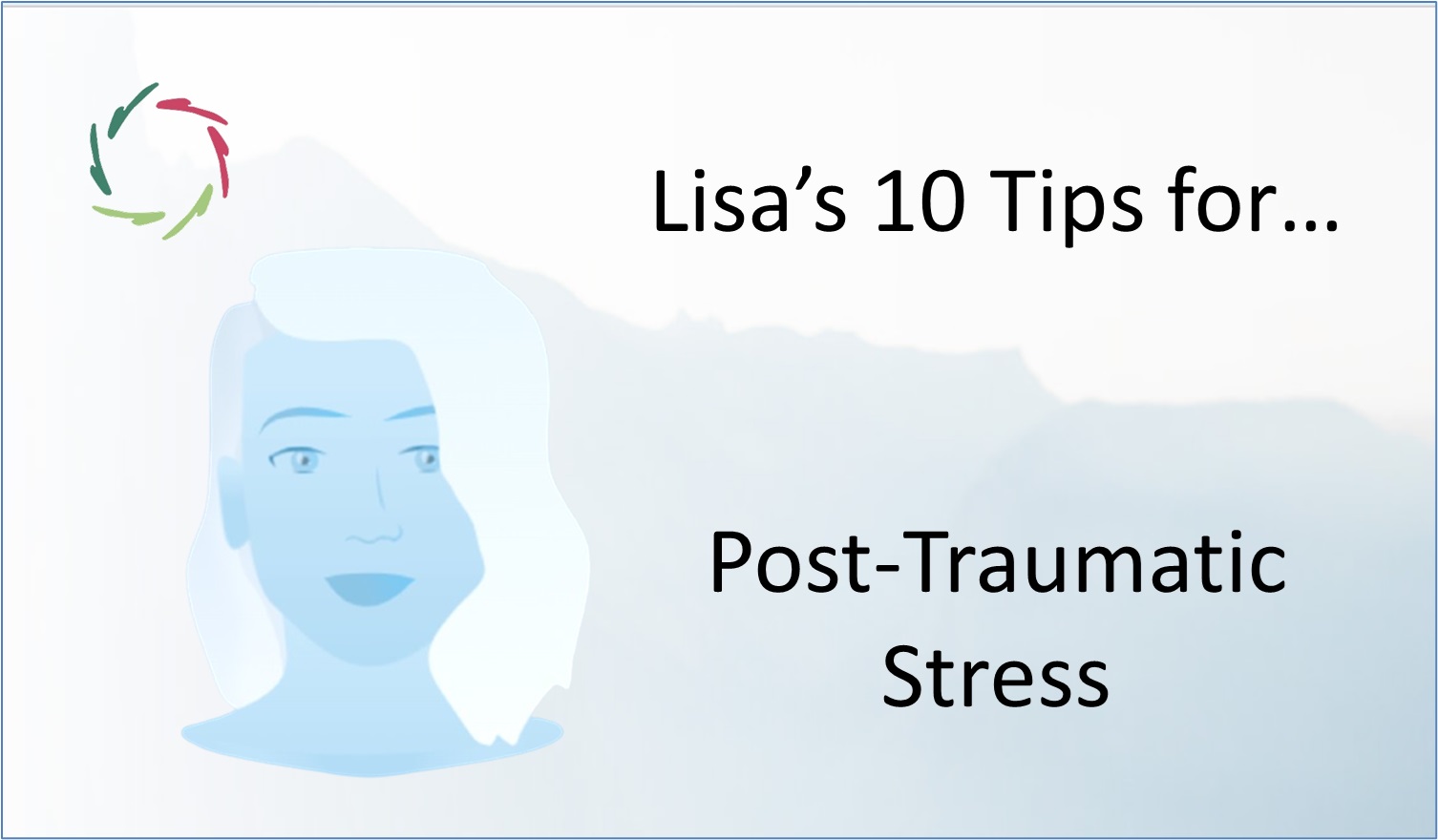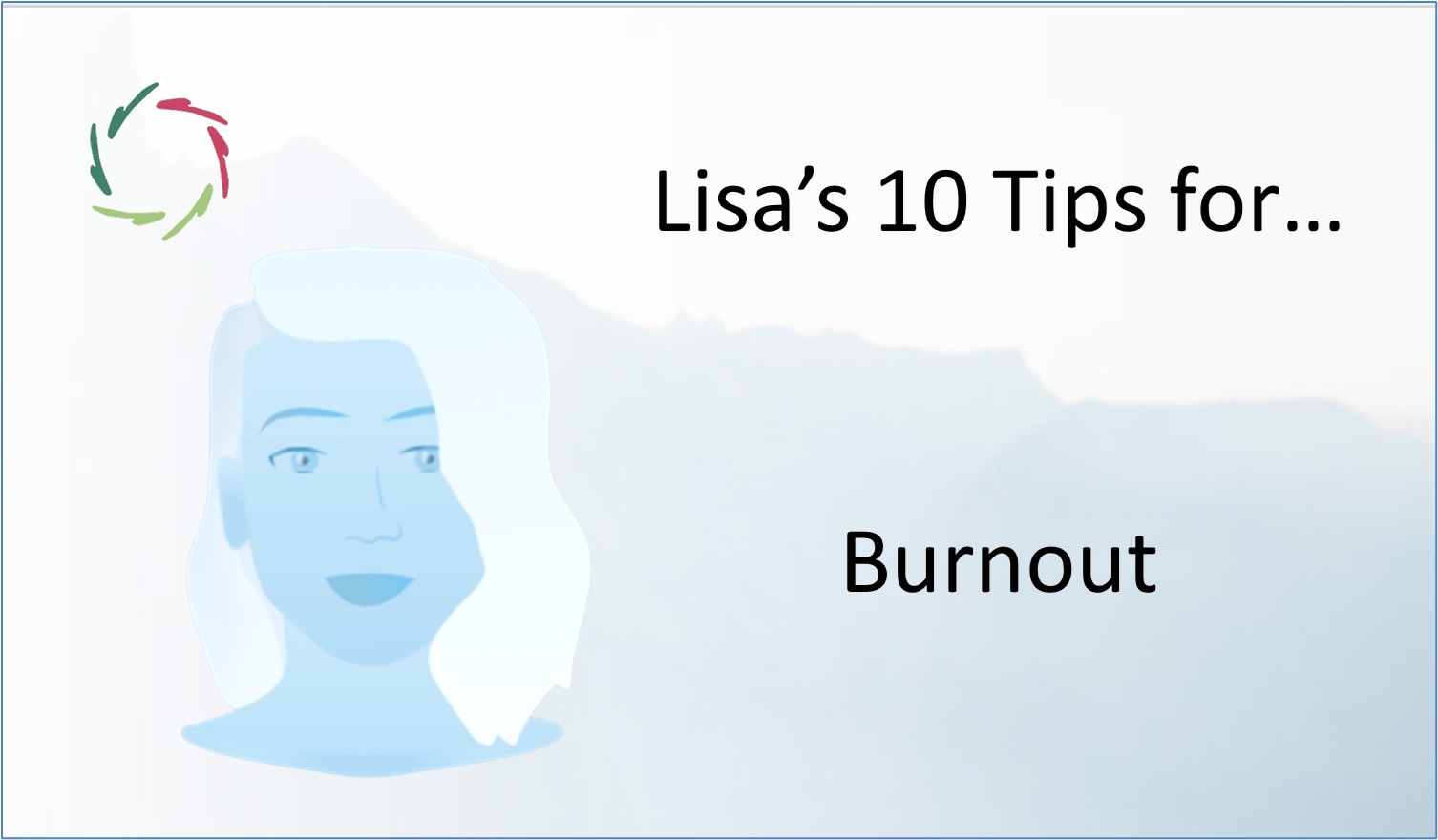Lisa’s 10 Tips for… Post-Traumatic Stress

Here are ten original tips for Post-Traumatic Stress (PTS) that are specifically based on Lisa’s knowledge and deeper insights ― avoiding the common tips that are frequently offered.
These tips, provided by A.I. coach-bot Lisa (human ratified, hardly or unedited), Compassionately align with both rationality and depth as well as with a synthesis of fostering growth and relief of suffering ― forming a deep approach that aims for fundamental transformation rather than superficial fixes. For more about their use, see Lisa’s 10 Tips for… An Introduction. Note that this is support, not therapy. If needed, please seek out proper human therapy.
Use symbolic imagery to express the unspeakable
Trauma often leaves parts of the experience that are too difficult to put into words. Instead of forcing yourself to verbalize everything, try using symbolic imagery to express it. For instance, visualize your trauma as a heavy storm that gradually passes or as a dark forest with a path leading out. This gives your non-conscious a safe and creative way to process emotions without overwhelming you.
Connect with your ‘future healed self’
Imagine a future version of yourself who has already healed from the trauma. This version of you feels strong, grounded, and at peace. Visualize this future self and allow yourself to feel a connection to that possibility. You can even imagine that this future self is guiding you now, offering support and encouragement in subtle ways.
Engage with your trauma as a natural cycle
Trauma may feel like it’s something that interrupts the natural flow of life. However, you can start to see it as part of a larger cycle of challenge and growth, much like the way seasons change. When you acknowledge that trauma, like winter, has a purpose in the larger scheme of things, it becomes less isolating. This perspective allows you to trust that healing is not only possible but inevitable as part of life’s natural rhythm.
Gently revisit your trauma with inner respect
Rather than avoiding the memory of trauma, try gently approaching it with deep inner respect. You don’t have to face it head-on immediately. Imagine you’re observing it from a distance, giving yourself space and time to approach it slowly and with compassion. This allows you to integrate the experience at your own pace.
Build a ‘safe place’ within
Create a mental sanctuary where you can retreat whenever PTS feels overwhelming. Visualize this place in great detail. It could be a real location or entirely imagined, but it should evoke a strong sense of safety and comfort. By frequently visiting this place in your mind, you’re building an internal refuge where you can regain strength and calm.
Invite your deeper self to guide you in healing
Trust in the wisdom of your deeper self, which knows more than your conscious mind can perceive. You can actively invite this part of you to help process the trauma. This can be done through subtle autosuggestions like, “I trust my inner strength to heal,” letting this deeper aspect guide the healing process from within.
Honor the emotion behind the trauma
Instead of pushing emotions away, acknowledge that each one (anger, fear, sorrow) has a deeper meaning or message. Honor those emotions as natural responses to your experience. This respectful acceptance allows them to flow more freely, helping them release over time instead of remaining bottled up.
Reclaim your story with creativity
Trauma can make you feel trapped in someone else’s narrative. One way to reclaim your story is through creativity. Whether it’s writing, drawing, or speaking, tell your story in a way that transforms the trauma into a source of personal growth. This process doesn’t erase the trauma, but it reframes it, allowing you to emerge as the author of your own life.
Dialogue with your body
PTS is stored not only in your mind but also in your body. Engage in a kind, non-verbal dialogue with your body, asking it what it needs to feel safe and healed. This can be as simple as breathing deeply into tight areas or gently moving your body to release pent-up tension. Your body’s reactions are part of the conversation—listening to them without judgment can foster deep healing.
Trust the ‘gathering’ of your fragmented self
Trauma can make you feel fragmented. Visualize yourself gently gathering these fragments, like putting together pieces of a puzzle. There’s no rush—trust that, as you go through life with openness and patience, these parts will gradually come together. This sense of slow but steady integration restores your inner wholeness without forcing anything.
―
Each of these tips is about fostering a deep inner process of healing, where trauma is integrated rather than simply managed. I hope you find these tips useful!

.
.
.


